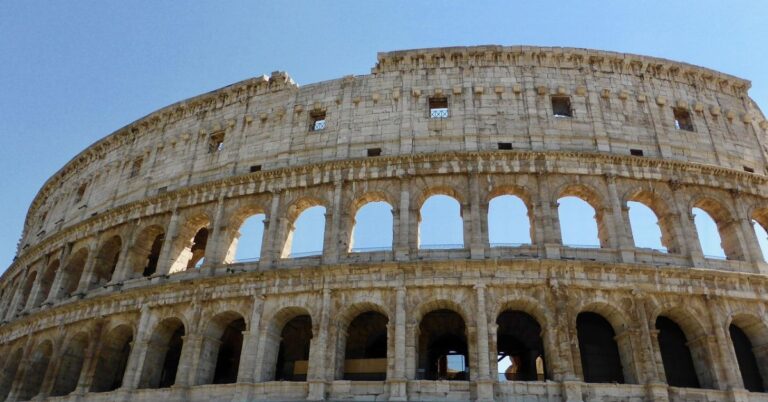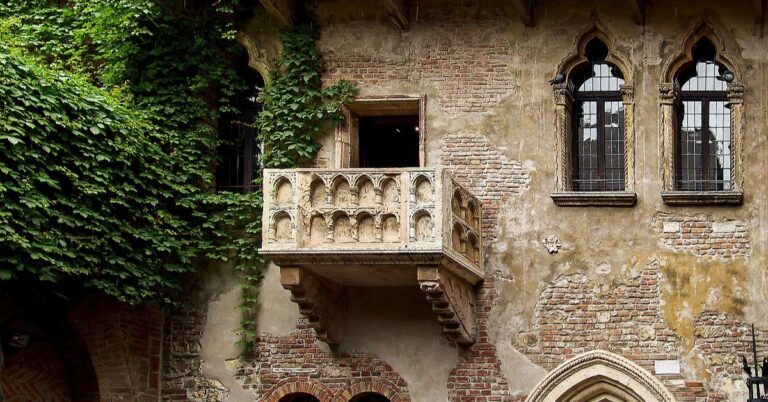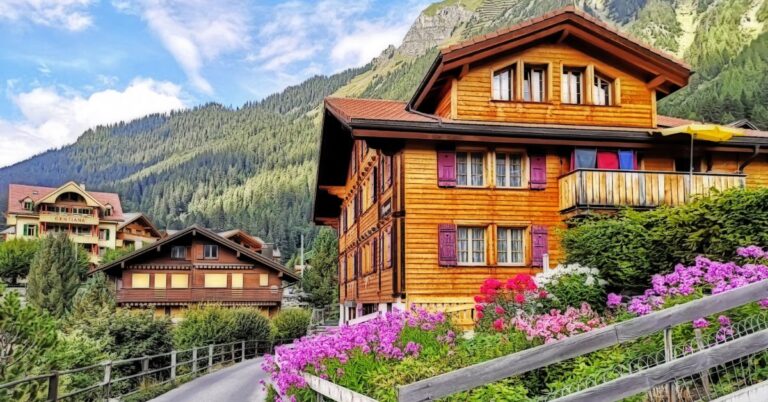15 Temples That Blend Spiritual Significance With Striking Beauty

There’s a reason temples draw travelers from every corner of the world. These spaces hold memory and meaning. Some shine with vibrant detail, and others speak through quiet simplicity. Each one reflects a community’s way of reaching the divine. Step inside, and you’re not just seeing architecture—you’re entering a rhythm of faith, where belief is built into every stone. Here’s a look at 15 such temples.
Borobudur Temple, Indonesia

In Central Java, the world’s largest Buddhist temple rises from the tropical earth like a stone mandala. Built during the 8th and 9th centuries, Borobudur features nine stacked terraces, 504 Buddha statues, and more than 2,600 intricate relief panels that map a pilgrim’s spiritual ascent to enlightenment.
Shwedagon Pagoda, Myanmar
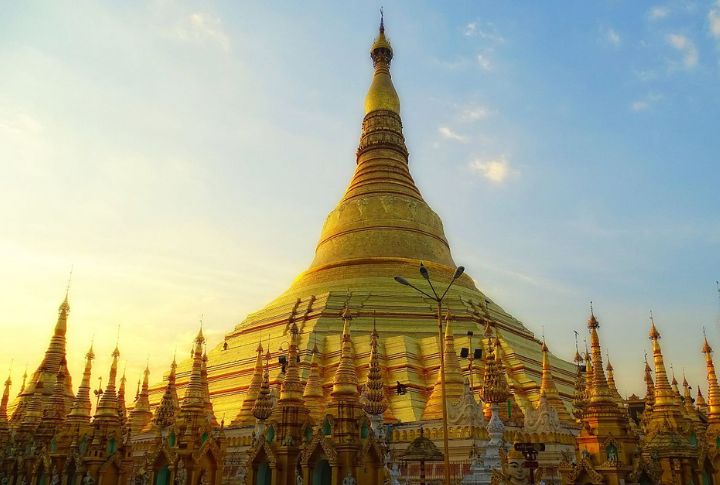
Dominating Yangon’s skyline from Singuttara Hill, this ancient pagoda gleams with hundreds of gold plates and a crown tipped with a 72-carat diamond. Shwedagon Pagoda, over 2,500 years old, holds relics of four Buddhas and stands as the country’s beating spiritual heart.
Angkor Wat, Cambodia

This 12th-century masterpiece is more than the world’s largest religious monument—it’s a celestial blueprint in sandstone. Towering spires represent Mount Meru, while sprawling bas-reliefs depict epic Hindu sagas. Angkor Wat’s moat and harmonious symmetry exude an aura of divine architecture on a cosmic scale.
Wat Rong Khun, Thailand

Chiang Rai’s surreal marvel doesn’t follow tradition—it reinvents it. Wat Rong Khun shimmers in white as mirrored surfaces catch light in shifting patterns. Created by artist Chalermchai Kositpipat, the temple weaves Buddhist meaning into a contemporary vision and leads visitors through an experience that feels both spiritual and surreal.
Lotus Temple, India
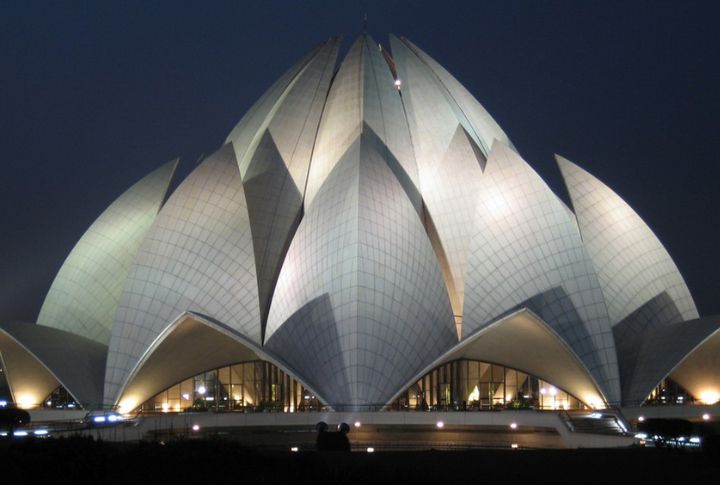
Shaped like a blooming lotus and built from white marble, this spiritual sanctuary in Delhi welcomes all. Twenty-seven petal-like structures encircle its central hall, creating a quiet space for reflection. The design combines spiritual openness with contemporary engineering, shaped by symbolic form.
Prambanan Temple, Indonesia
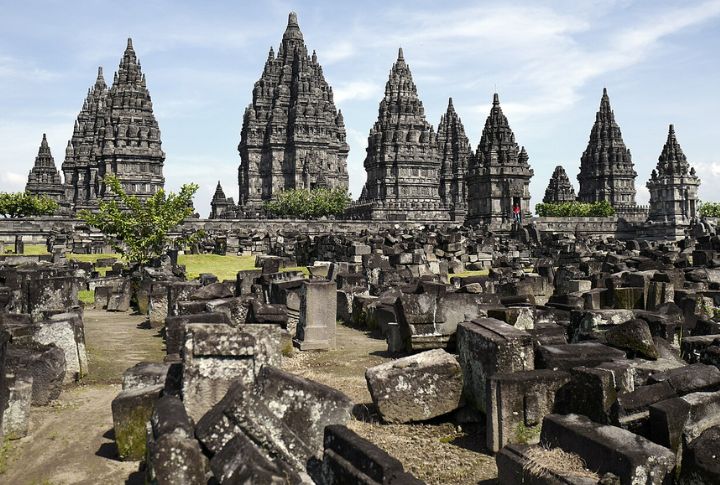
Dedicated to the Hindu trinity, Prambanan pierces the sky through spires devoted to Brahma, Vishnu, and Shiva. The central temple honors Shiva, its detailed bas-reliefs retelling the Ramayana. As Indonesia’s largest Hindu temple, its intricate stonework dominates both the skyline and mythology.
Golden Pavilion, Japan
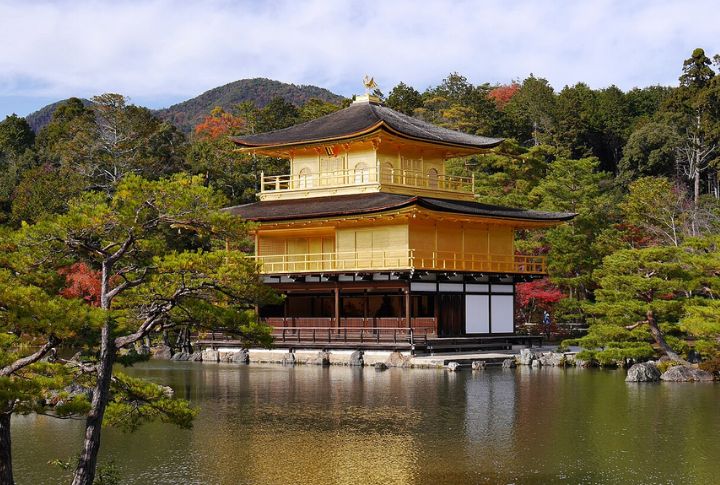
This Kyoto icon floats like a golden dream above its tranquil pond. Its upper floors shine with gold leaf, while the surrounding gardens mirror a quiet order. Together, Kinkaku-ji and its setting create a sense of Zen serenity that softens the boundary between nature and design.
Thatbyinnyu Temple, Myanmar
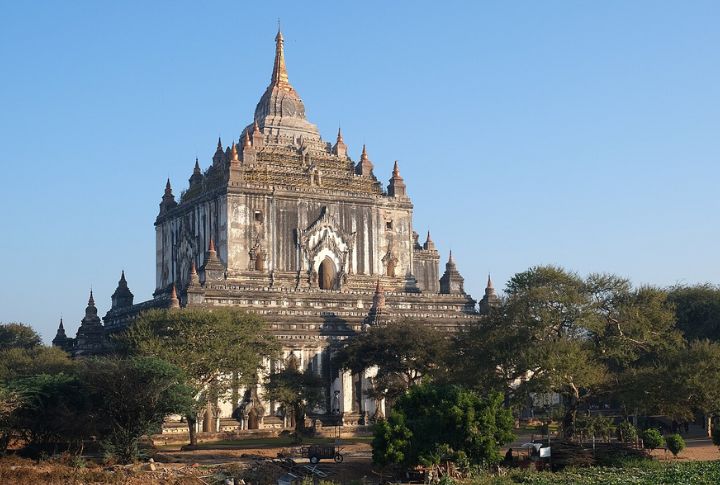
Soaring above the historic plains of Bagan, Thatbyinnyu Temple stands as the tallest of them all. Constructed in the 12th century, its white stucco tiers and panoramic terraces lead to a peaceful interior adorned with serene Buddha images and faded yet graceful murals.
Temple Of Karnak, Egypt
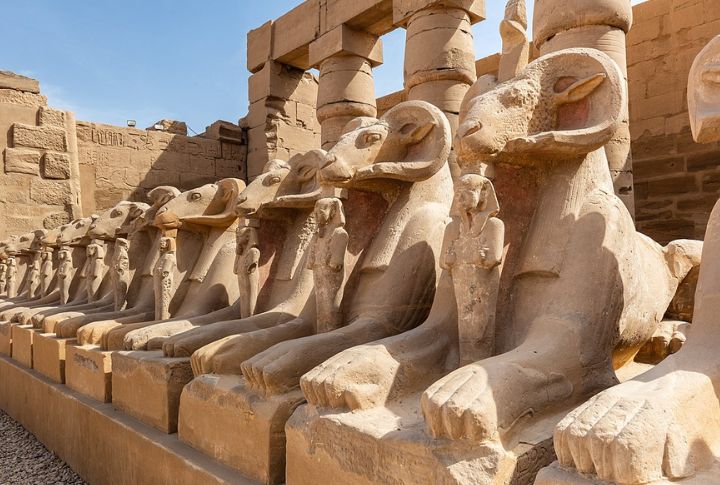
Luxor’s Karnak Temple is an epic saga carved in stone. Built across generations of pharaohs, it contains sphinx-lined paths and hidden sanctuaries. At its heart stands the Great Hypostyle Hall, where 69-foot columns rise like a petrified forest in tribute to the god Amun.
Sri Ranganathaswamy Temple, India
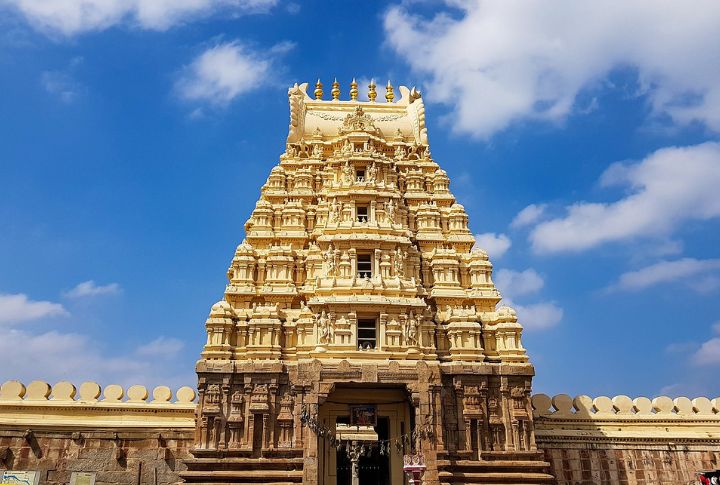
Set on an island in the Kaveri River, Sri Ranganathaswamy Temple spans 156 acres and showcases the grandeur of Dravidian architecture. Towering gopurams, sculpted corridors, and seven concentric enclosures create a layered spiritual journey. It remains both a thriving place of worship and a monumental feat of sacred design.
Philae Temples, Egypt
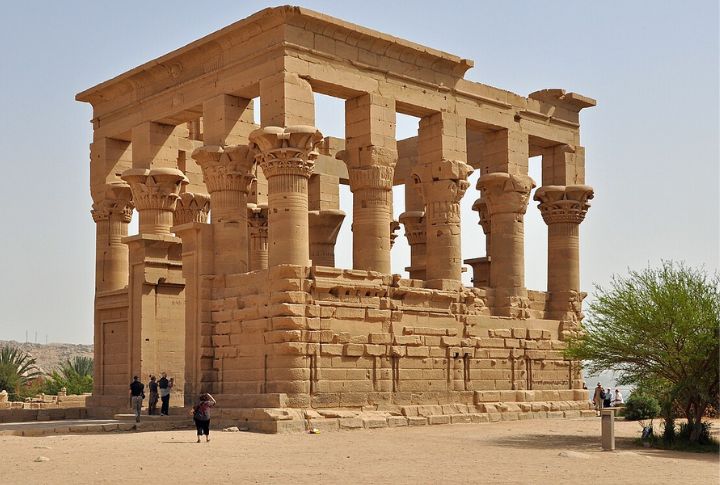
Once flooded and now reborn on higher ground, these temples honor the goddess Isis. Rescued from submersion and relocated stone by stone, Philae’s hieroglyph-carved sanctuaries shimmer at sunset as they echo the myth and mystique of ancient Egypt from their perch on an island in the Nile.
Wat Benchamabophit, Thailand
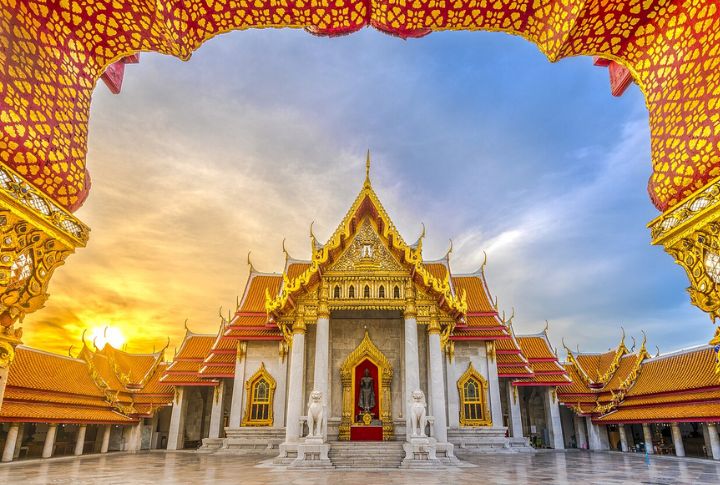
Bangkok’s Marble Temple blends Eastern tradition with Western elegance, featuring Italian marble and a design rooted in spiritual harmony. Built in the late 1800s, it houses 52 Buddha statues in quiet cloisters, where Thai heritage gently harmonizes with subtle neoclassical influence.
Swaminarayan Akshardham Temple, India
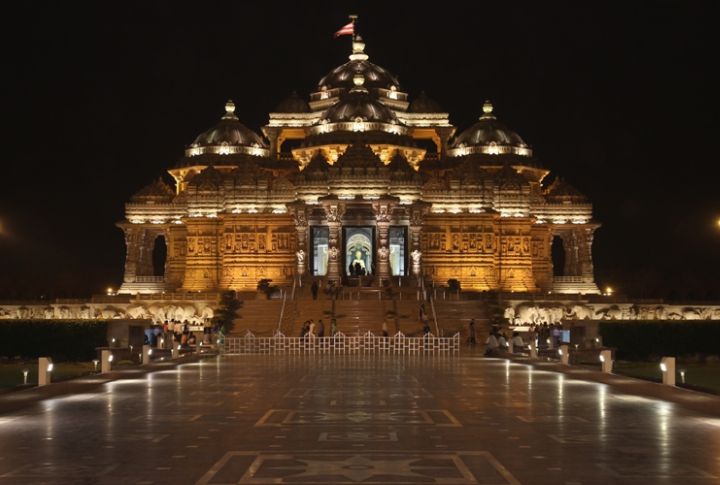
Completed in 2005, Akshardham is Delhi’s modern architectural epic. Its gardens surround towering domes and walls bearing carvings that reflect India’s spiritual heritage. Inside are immersive exhibits and devotional performances, all leading to a gleaming central shrine that reflects the precision and reverence of living tradition.
Temple Of The Emerald Buddha, Thailand
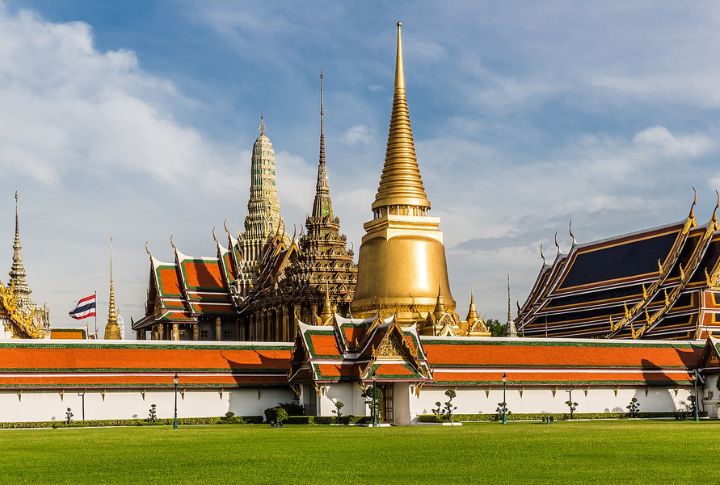
Situated inside the Grand Palace, Wat Phra Kaew gleams with mythical guardians and golden rooftops. At its core stands a jadeite-carved Buddha, Thailand’s most sacred image. These intricate works come together to form an enduring display of spiritual purpose and cultural pride.
Harmandir Sahib, India
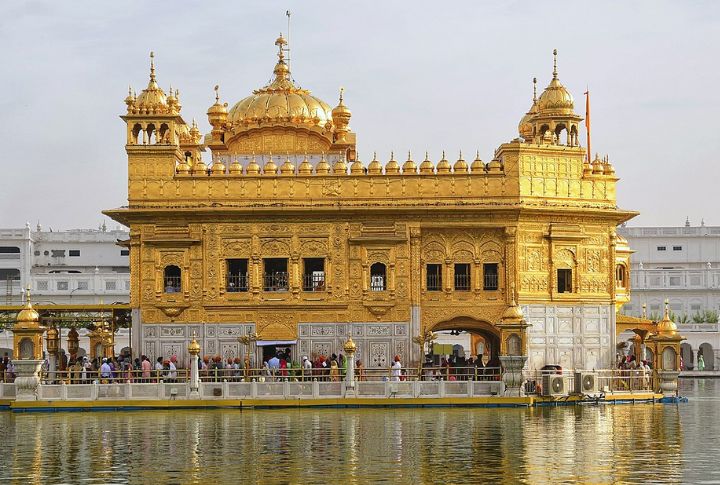
Harmandir Sahib, the Golden Temple of Amritsar, shimmers with gold-plated walls and rests in the heart of the sacred Amrit Sarovar. Its blend of Indo-Islamic and Sikh architecture radiates harmony. Inside, hymns and community service sustain a space built on faith and inclusion.



